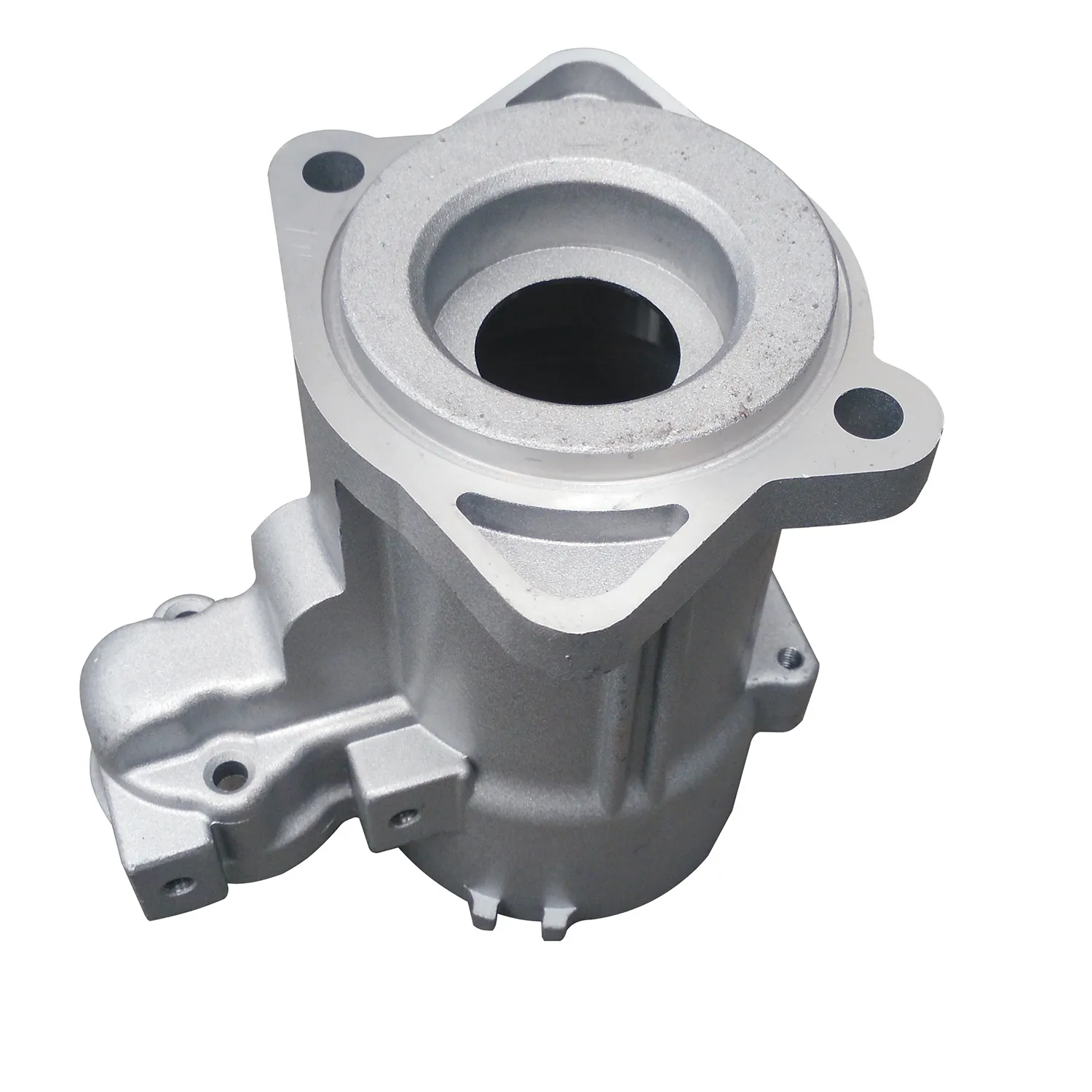Mobile:+86-311-808-126-83
Email:info@ydcastings.com
blower fan impeller
Understanding the Blower Fan Impeller Key Concepts and Applications
The blower fan impeller is a critical component in many ventilation and cooling systems, playing a vital role in the movement of air or gas. This article aims to provide an overview of blower fan impellers, their design features, and their applications across various industries.
What is a Blower Fan Impeller?
A blower fan impeller is a rotating part of a blower fan that is designed to create airflow. It works by converting mechanical energy into kinetic energy, thereby increasing the velocity of the air or gas being expelled. The impeller's design usually includes multiple blades that are strategically shaped to optimize airflow efficiency and pressure output.
Impellers can be classified into two main categories centrifugal and axial. Centrifugal impellers utilize a radial flow design, where air is drawn in through the center and expelled at high velocity through the outer edge. Conversely, axial impellers draw air in parallel to the impeller's shaft, producing a linear flow of air. Each type has unique advantages and limitations, depending on the intended use.
Design Features
The design of a blower fan impeller directly affects its performance
. Key features include the number of blades, the blade angle, and the materials used in construction.1. Number of Blades Generally, impellers with more blades can move air more efficiently at lower noise levels, but they may require more power. Fewer blades can sometimes produce higher airflow at high speeds but can increase turbulence and noise.
2. Blade Angle The pitch or angle of the blades significantly influences how effectively an impeller can pressurize air or gas. Optimal blade angles are crucial for balancing airflow and pressure while minimizing energy consumption.
3. Material Selection Impellers are often made from metals, plastics, or composite materials based on their intended application. For instance, materials must withstand environmental factors such as temperature, humidity, and corrosive substances in industrial applications.
blower fan impeller

Applications of Blower Fan Impellers
Blower fan impellers find applications in various sectors
1. HVAC Systems In heating, ventilation, and air conditioning systems, these impellers ensure proper air circulation, maintaining indoor air quality and thermal comfort.
2. Industrial Ventilation Factories and manufacturing plants utilize blower fans to remove contaminants and regulate temperatures. High-performance impellers ensure efficient operation in demanding environments.
3. Automotive Industry Blower fan impellers are crucial in vehicles for cooling and maintaining air circulation within the engine compartment, as well as ensuring passenger comfort through climate control systems.
4. Aerospace In aircraft, impellers are used in engine systems for cooling and pressurization, ensuring optimal performance and safety during flight.
5. Medical Equipment Blower fan impellers are vital in medical devices, including ventilators, where precise airflow management is essential for patient care.
Conclusion
In summary, the blower fan impeller is an essential component that plays a pivotal role in a wide array of applications. Its design and functionality directly impact efficiency, performance, and reliability in systems that require effective airflow management. As technology continues to advance, innovations in impeller design and materials will likely improve performance metrics, contributing to more efficient and sustainable systems in the future. Understanding the principles behind blower fan impellers not only aids in their effective application but also highlights their importance in modern engineering solutions.
-
Why Should You Invest in Superior Pump Castings for Your Equipment?NewsJun.09,2025
-
Unlock Performance Potential with Stainless Impellers and Aluminum End CapsNewsJun.09,2025
-
Revolutionize Your Machinery with Superior Cast Iron and Aluminum ComponentsNewsJun.09,2025
-
Revolutionize Fluid Dynamics with Premium Pump ComponentsNewsJun.09,2025
-
Optimizing Industrial Systems with Essential Valve ComponentsNewsJun.09,2025
-
Elevate Grid Efficiency with High-Precision Power CastingsNewsJun.09,2025











